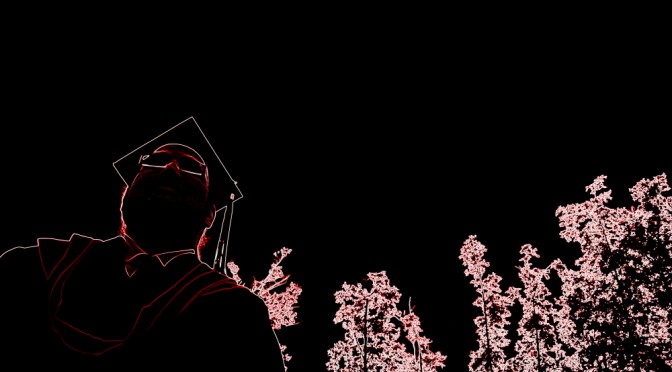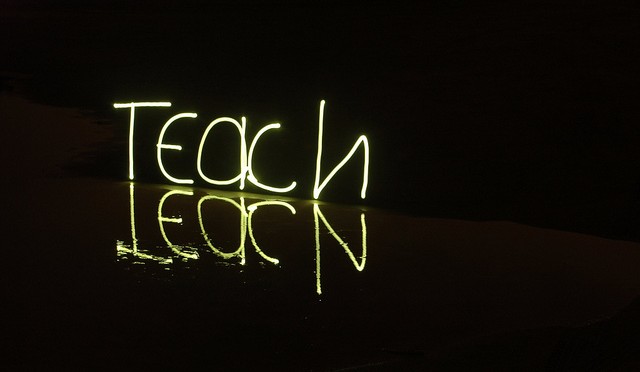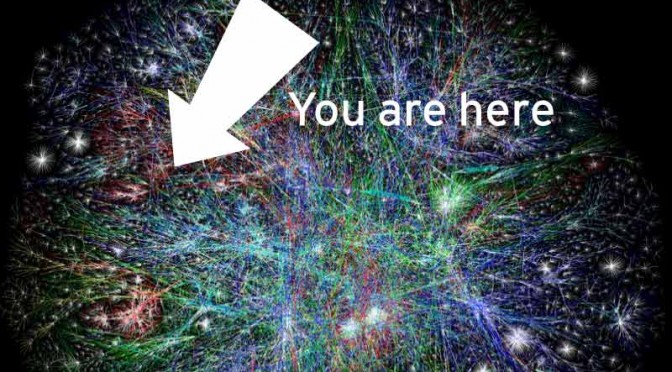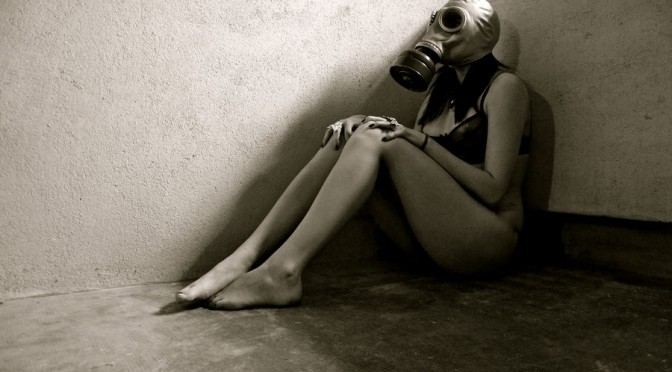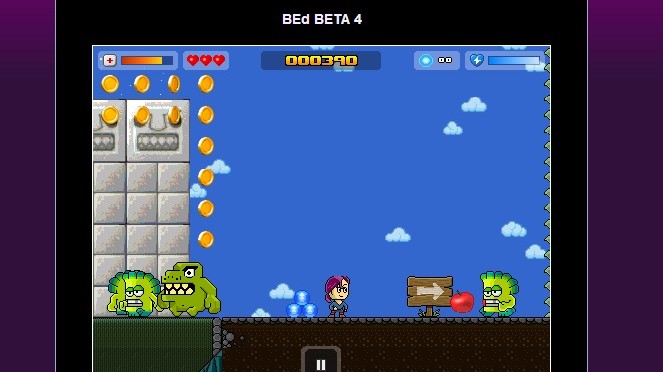Protected: Corner of Main
Book p|review: Reconstructing the Curriculum
I’ve been trying out the term “reconstructed narrative” for awhile now in building social studies curricula, so the title stood out as having interest to me right away on the New Books shelf at UBC’s Education Library. This book is the classic academic all-small type, no pictures. The writing is often convoluted and off-topic and not particularly compelling in arguing for reconstructing curriculum in any practical applications. Much ground has already been covered, such as delinearized history, ‘mapping’ internal and external factors in education reform, and whether ‘science can determine truth from falsehood’.
The book is a collaboration between three authors with very different approaches, if their dedication is any indicator. One author dedicates the book to their wife, a “most natural teacher”, another to “three dozen researchers”, and the last to Allah. At times the writing style itself is disjointed and incoherent, though at least this remains consistent throughout the entire work. It seems the authors write in a kind of academic English dialect that is not altogether straightforward.
I did find an interesting table on pages 128-129 which weakly attempts to structure “natural processes” into two categories, “Nature (ie, real)” and “Artificial (ie, Aphenomenal)”, although the descriptors in either column don’t seem to carry any meaning to either category:
Nature | Artificial
Complex | Simple
Infinite | Finite
Intangible | Tangible
Open System | Closed System
and perhaps the most disturbing…
True | False
The authors link historical acceptance of theory (“static universe, (supported by Einstein – 50 years”, p 132) to a chapter on “sustainability and change in curriculum”, and give lengthily reviews of colonial master narratives without delving into ecological theory discussions.
Overall I’m most disappointed in this work and do not recommend it. Perhaps it is most useful for what not to do in future academic publications.
Two Degrees
Two Degrees
As two degrees are required to gain certification to teach in BC, this video marks the first major checkpoint in earning my first degree, as well as chronicling the academic encounter within my relationship.
I attempt to give a context of the personal meaning and academic studies in earning a Bachelor of Arts degree in a domestic partnership, and provide an enhanced artifact-alternative to the typical static family portrait on graduation day.
We are proud of our accomplishments and learning through adversity in life, and believe we should truly value our higher education for the transformative and uplifting experience it is for its own sake, regardless of any financial outcomes. That being said, in this video I also challenge the silence around difficulties in financing a degree. I also broach the subject of politics and business in the modern university designation, including institutionalized alienation and academic recognition, which usually includes a financial award for earning top grades.
Originally I included our transcript with grades for the viewer to consider the merit of the traditional grading system, including showing our family our failed and re-taken courses as well as our ‘best’ classes. We decided not to include the grades so the viewer may appreciate the subjects of study which encompasses the full qualification of our two degrees.
Best enjoyed full-screen with sound.
Reflection Tips
Luckily for us, UBC provides two models for reflection which I think are useful to remember for students and teachers alike. These are posted below for reference.
_______________________
Reflection Tips
The following two frameworks can assist you with your reflections:
1. STAR-L, Situation, Task, Action, Result and Lessons Learned
- Situation-the context in which the material occurred.
- Task-What was required of you in this situation?
- Action-The steps that you took to respond this task.
- Result-The outcome of your actions. How did your actions contribute to the completion of the task?
- Learned-What you have learned from the experience?
2. What? So What? Now What?
- What? Describe context and details of the experience.
- So what? Explain the significance of the experience in relation to your own practice.
- Now what? Explain how you will continue personal or professional growth in this area.
Strategy #1: The Four Rs
Four Rs (Cloward, Hawkins, & Black, 2003)
Think of a sample that you would include in your portfolio. Address the following four components in your reflection:
- Report: addresses fundamental characteristics of the sample. What is it? When was it created or used? Who was involved? Where was it used?
- Reflect: This addresses issues of purpose and intent, from a personal and professional perspective. Why is it important? What did you learn from this sample?
- Relate: This addresses issues of purpose and intent, from a broader perspective. Why is this sample important with respect to what is known about teaching? How could this sample inform practice?
- Revise: This addresses issues of growth and change. What feedback have you received? What have you (or might you) revise?
After all the revisions have been done, return to the beginning of the reflection, of the Standards, of the practicum…and repeat the process. As a document of professional growth-over-time, the ePortfolio process may best be understood as a spiral.
BEd Inquiry: Online Collaboration in Practice
Abstract
The recent advent of co-editable software has afforded users the possibility of multi-directional information synthesis and transformation in real-time. This possibility has great implications for the millennial student in today’s secondary school, who are now able to see and participate in real-time the working process of basic computer-tool based projects, such as a document, presentation, survey, and spreadsheet. Prior to this recent development, most computer projects were only available in groups as one-way transmissions between members.
From this, the question which has emerge presently is
How do millennial students (and teachers) respond to online collaboration and co-creation?
A Vision for E-learning in Teacher’s Education at UBC
Teachnology: A Vision for E-learning in Teacher’s Education at the University of British Columbia
A sample of some of my formal writing, this essay takes a look at the effectiveness of internal and external e-learning policies in BC. More importantly, I outline how existing systems may be utilized to fully realize a student-centred, digitally literate program of education.
Note: the model was originally intended for secondary school. As the focus of the course was on higher education, I adapted it to suit the needs of teacher candidates, based on my own experience as a BEd student.
In fulfillment of ETEC 520: Planning and Managing Technologies in Higher Education, Summer 2013.
PAR520-Teachnology-2
Era
Submitted for the Geist Erasure contest 2013.
Download
Photo credits:
________________________________________________________
Era
The air mills are closed and breaking
.
Rob’s wet cough
.
His body’s not ready
,
it’s killing him
,
before the’ll grant relief
.
It took a long time before we asked
.
We waited till we got used to sleeping
.
.
Not that everybody just waits
.
Though
,
mostly
,
it’s quiet
,
people are just tired and quiet
.
And you get your air or a bloo
.
Or you go and sit there with hundreds of others
,
daring to get yours
,
there’s lots now that’ve gone
.
in Side
,
they got mad
,
they rioted
.
And here it’s like that too
,
you can feel it in the air
,
that something could go off
,
any minute
.
Sometimes you just see it in the eyes
.
The shop round the corner’s got nothing in it but a couple of empty jars in the window
.
Mary went there with me and wrote her name out to say people don’t help
.
Some do
.
They sent us boxes and bags of air
.
Thousands of barrels
.
That was three months ago
,
in February
,
and most who met the ship had nothing but holey lungs
.
Though others said the money would have been better spent sending us in side
.
Some got together to support the fight
.
.
I don’t much care
,
to tell truth
.
I just want it to end
.
Today it was black
,
.
Today
,
The in came out
.
their inmen – they’ve got it
.
These ones were from Blackburn
,
they had one out on the ground
,
right near the ‘Change
.
Who will rise up for me? Who will stand up for air in?
There was still air to the old man
.
I nodded goodbye and made my way to see my aunt
.
You know
,
she doesn’t have much left
,
just her able
,
But
,
someone
,
I think maybe her son
,
gone up to Kersal Moor
.
And he’d brought back her able
.
Bloooo
.
All delicate and resting there
,
in a pint jar full
.
Excerpt from Exhibit 37 ranch
ages 91-93 of nopolis
shed by Pedlar P 213.
 Follow
Follow
